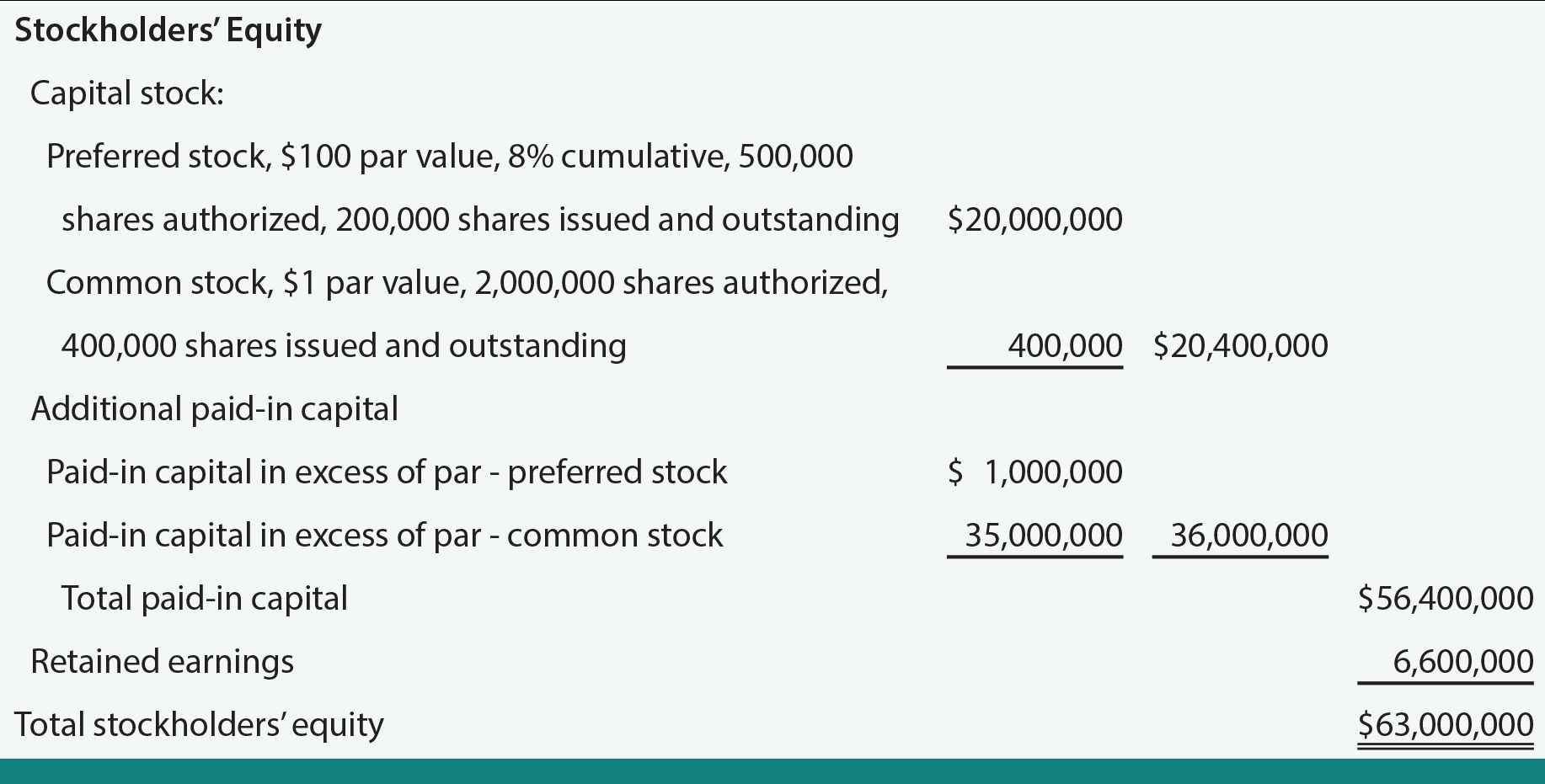Home>Finance>Additional Insured: Definition, Benefits, Costs, Examples


Finance
Additional Insured: Definition, Benefits, Costs, Examples
Published: October 1, 2023
Learn the definition, benefits, costs, and examples of adding an additional insured to your finance strategy. Protect your financial interests today.
(Many of the links in this article redirect to a specific reviewed product. Your purchase of these products through affiliate links helps to generate commission for LiveWell, at no extra cost. Learn more)
Understanding Additional Insured: Definition, Benefits, Costs, Examples
Have you ever come across the term “additional insured” in the realm of finance? Do you know what it means and how it can benefit you? In this blog post, we will dive into the world of additional insured to help you understand its definition, benefits, costs, and provide some real-world examples. So let’s get started!
Key Takeaways:
- Additional insured is a term used in insurance policies where a third party, other than the policyholder, is added to the policy to receive coverage.
- Being listed as an additional insured can provide protection against liability claims arising from the actions of the primary policyholder.
Definition:
In simple terms, an additional insured refers to a person or entity that is added to an insurance policy as an extra party to receive coverage. This can typically happen in the context of liability insurance, where the policyholder adds another party to his or her policy to protect them from liability claims.
Benefits:
The concept of additional insured can bring several benefits to different parties involved:
- Added Protection: By being listed as an additional insured, you gain protection against liability claims that arise from the actions of the primary policyholder. This means that if you are sued for a covered event, the insurance policy can provide coverage for legal expenses and potential settlement costs.
- Peace of Mind: Being an additional insured can offer peace of mind, knowing that you have an extra layer of protection in case something goes wrong and legal action is taken against the primary policyholder.
- Better Business Relationships: If you are a business owner or contractor, having the ability to name other parties as additional insured on your insurance policy can strengthen your business relationships. It can provide reassurance to your clients and partners that they are protected from potential liability claims.
Costs:
The costs associated with adding an additional insured to an insurance policy can vary. Some insurance policies may include this option at no extra charge, while others may require an additional fee. The cost, if any, is typically dependent on factors such as the type of insurance policy, the level of coverage needed, and the number of additional insured parties.
Examples:
Let’s explore a couple of real-world examples to better understand the concept:
- Construction Projects: In the construction industry, it is common for project owners to require contractors to add them as additional insured on their liability insurance policies. This provides protection for the project owner in case of accidents or damages caused by the contractor’s work.
- Automobile Rental: When you rent a car, the rental company may require you to add them as an additional insured on your personal auto insurance policy. This ensures that they are protected if any accidents or damages occur while you are operating the rented vehicle.
In conclusion, understanding the concept of additional insured is essential in the world of finance and insurance. It offers an extra layer of protection and peace of mind for various parties involved. By knowing the definition, benefits, costs, and real-world examples, you can make informed decisions when it comes to adding additional insured parties to your insurance policies.
For any specific questions regarding your insurance needs, we recommend consulting with a qualified insurance professional.














